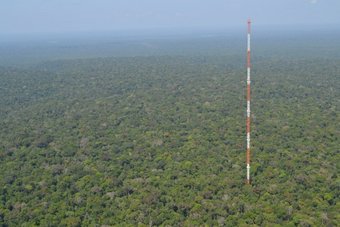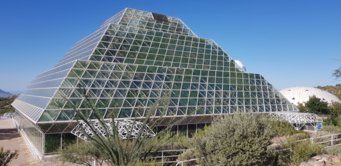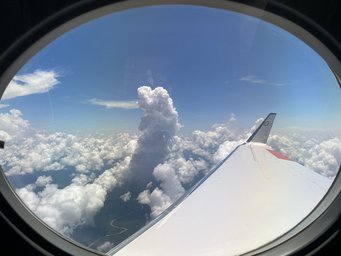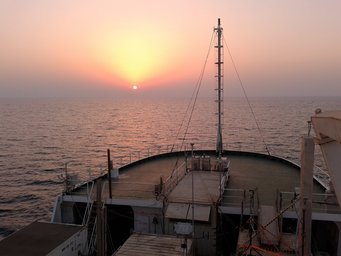Forschung
Amazon
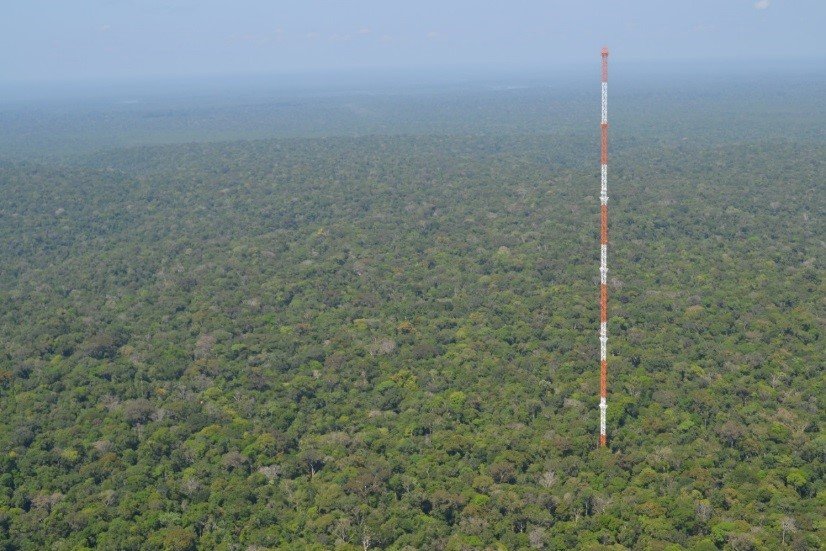
The Amazon rainforest is the largest source region of VOCs to the Earth´s atmosphere. More...
BIOSPHERE
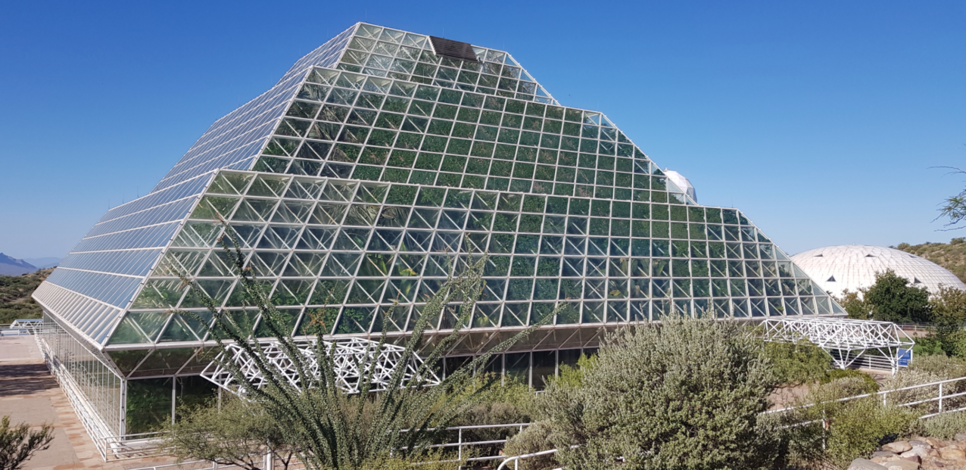
To assist our understanding of Tropical rainforest chemistry we performed a measurement campaign in the BIOSPHERE (https://biosphere2.org/) in collaboration with the University of Arizona and the University of Freiburg. More...
HALO
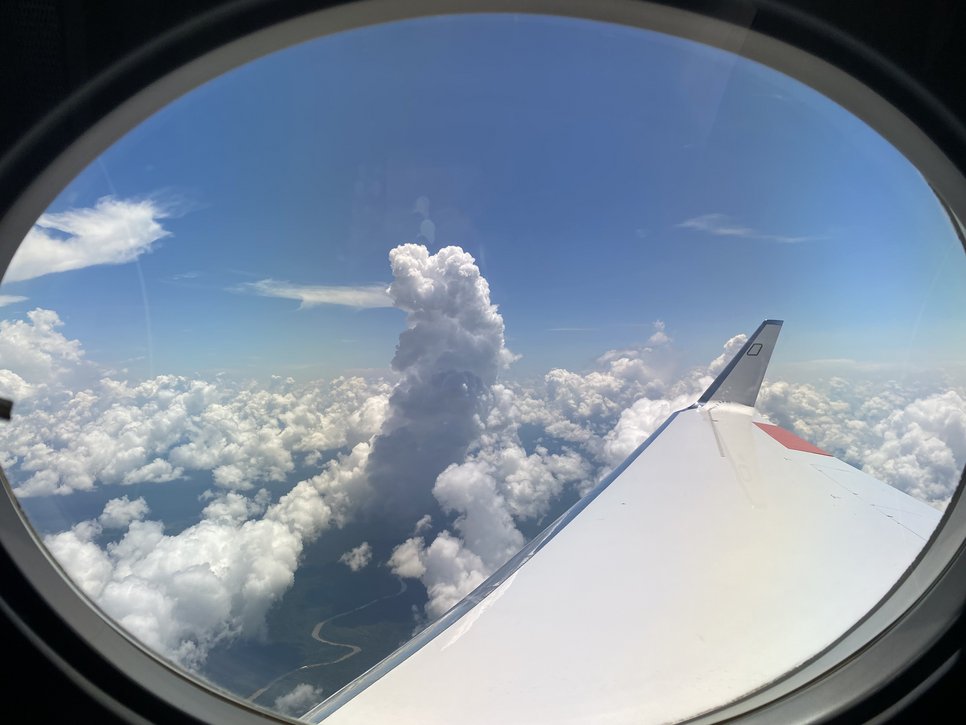
The "High Altitude and Long Range Research Aircraft" (HALO) is the new research aircraft for atmospheric research and earth observation of the German science community (https://www.halo.dlr.de/). More...
Cinema Science
The cinema or movie theater is an excellent place to measure chemical emissions from human beings. In modern cinemas, cleaned and filtered outside air pumped into the cinema through gratings under the seats. More...
Ships
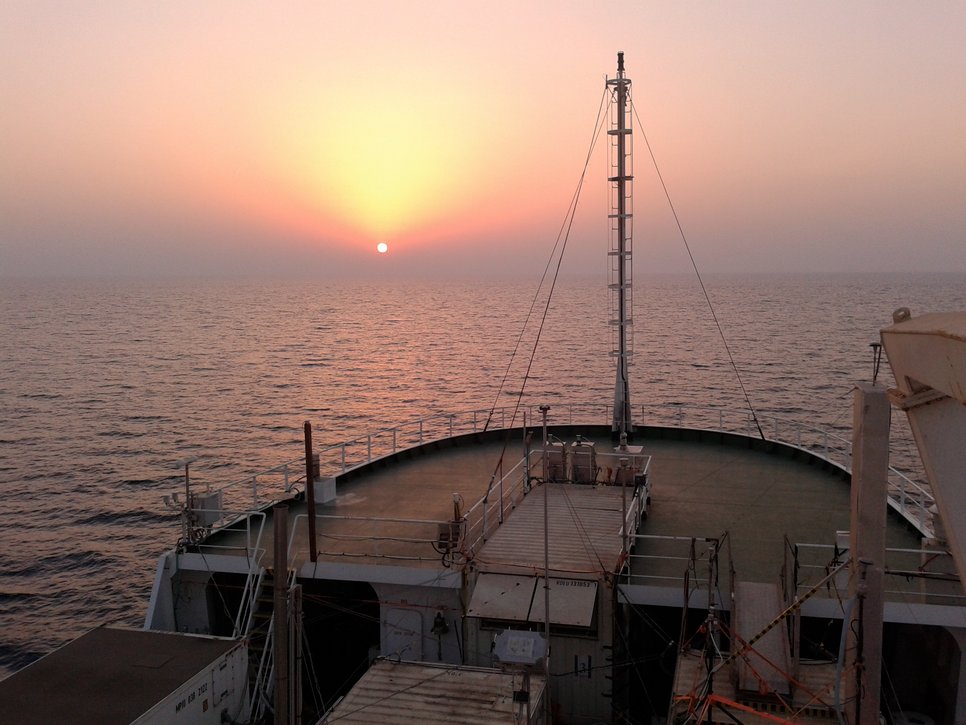
The oceans cover most of our planet´s surface and they can act as both sources and sinks for atmospheric volatile organic compounds. More...
